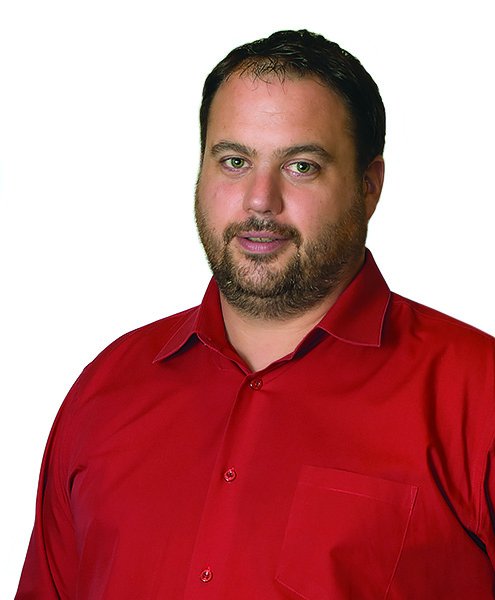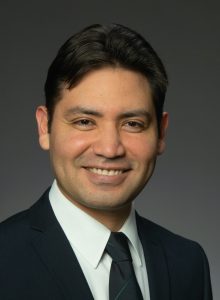 Dr. Peter Keech
Dr. Peter Keech
Manager, Engineered Barrier Science
Nuclear Waste Management Organization (Canada)
Date: November 30, 2022
Time: 1000–1100h ET
Sponsors: BioLogic, Hiden Analytical
 Dr. Peter Keech
Dr. Peter Keech
Manager, Engineered Barrier Science
Nuclear Waste Management Organization (Canada)
Date: November 30, 2022
Time: 1000–1100h ET
Sponsors: BioLogic, Hiden Analytical
 Prof. Dr. Bruno G. Pollet
Prof. Dr. Bruno G. Pollet
Canada Research Chair and Innergex Chair in Green Hydrogen Production
Director, Institute for Hydrogen Research (IHR)
Director, Green Hydrogen Lab (GH2Lab)
Université du Québec à Trois-Rivières (UQTR)
Date: October 26, 2022
Time: 1300–1400h ET
Sponsors: Gamry Instruments, Biologic, Hiden Analytical
 The Electrochemical Society hosted Dr. Wesley Dose’s live webinar, “Challenges Facing Li-ion Battery Electrolytes and High-energy Cathodes,” on September 21, 2022. Dr. Dose took audience questions during a live Question and Answer session at the end of the presentation. He kindly answered, in writing, questions not answered during the broadcast. Find these responses below.
The Electrochemical Society hosted Dr. Wesley Dose’s live webinar, “Challenges Facing Li-ion Battery Electrolytes and High-energy Cathodes,” on September 21, 2022. Dr. Dose took audience questions during a live Question and Answer session at the end of the presentation. He kindly answered, in writing, questions not answered during the broadcast. Find these responses below.
NOTE: Registration is required to view the webinar.
A video recording of The Pacific Northwest Hydrogen Workshop webinar is now available for open-access viewing on the ECS YouTube channel.
The Society and ECS Pacific Northwest Section hosted the workshop on July 21, 2022. This timely event covered:
Dianne Xiao
Assistant Professor
Department of Chemistry
University of Washington
Date: August 17, 2022
Time: 1000–1100h PT
Price: There is no cost to register for this event, but registration is required.
The webinar is open to the public; ECS membership is not required.
The Electrochemical Society hosted Dr. Luis Fernando Arenas’ live webinar, “Flow Cells: Advanced Electrodes via 3D Printing and Tomography,” on July 20, 2022. Dr. Arenas took audience questions during a live Question and Answer session at the end of the presentation, and was kind enough to answer, in writing, questions he was not able to get to during the broadcast. Read his responses to these questions below.
View Dr. Luis Fernando Arenas’ Webinar Luis Fernando Arenas
Luis Fernando Arenas
Humboldt Research Fellow
Institute of Chemical and Electrochemical Process Engineering
Research Center for Energy Storage Technologies
Technische Universität Clausthal University, Germany
Date: July 20, 2022
Time: 1000h ET
Sponsors: Hiden Analytical, The Royal Society of Chemistry, Waters-TA Instruments
 Participate in a free interactive webinar on “How to Boost Citations – Tips for Researchers,” a collaboration between The Electrochemical Society and Enago.
Participate in a free interactive webinar on “How to Boost Citations – Tips for Researchers,” a collaboration between The Electrochemical Society and Enago.
Date: June 30, 2022
Time: 1000-1100h ET
Speakers:
Despina Sanoudou, PhD
Publication and Training Consultant
Enago Academy
Shannon C. Reed, MBA
Director of Community Engagement
The Electrochemical Society (more…)